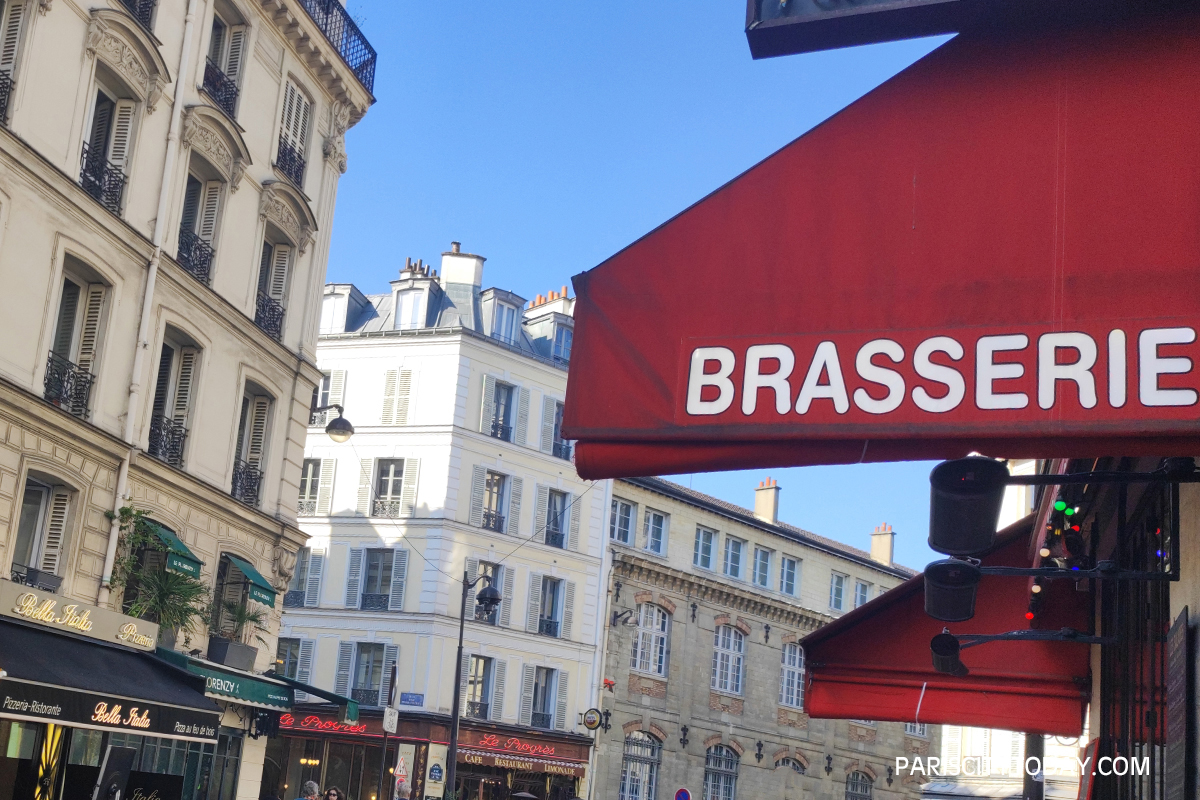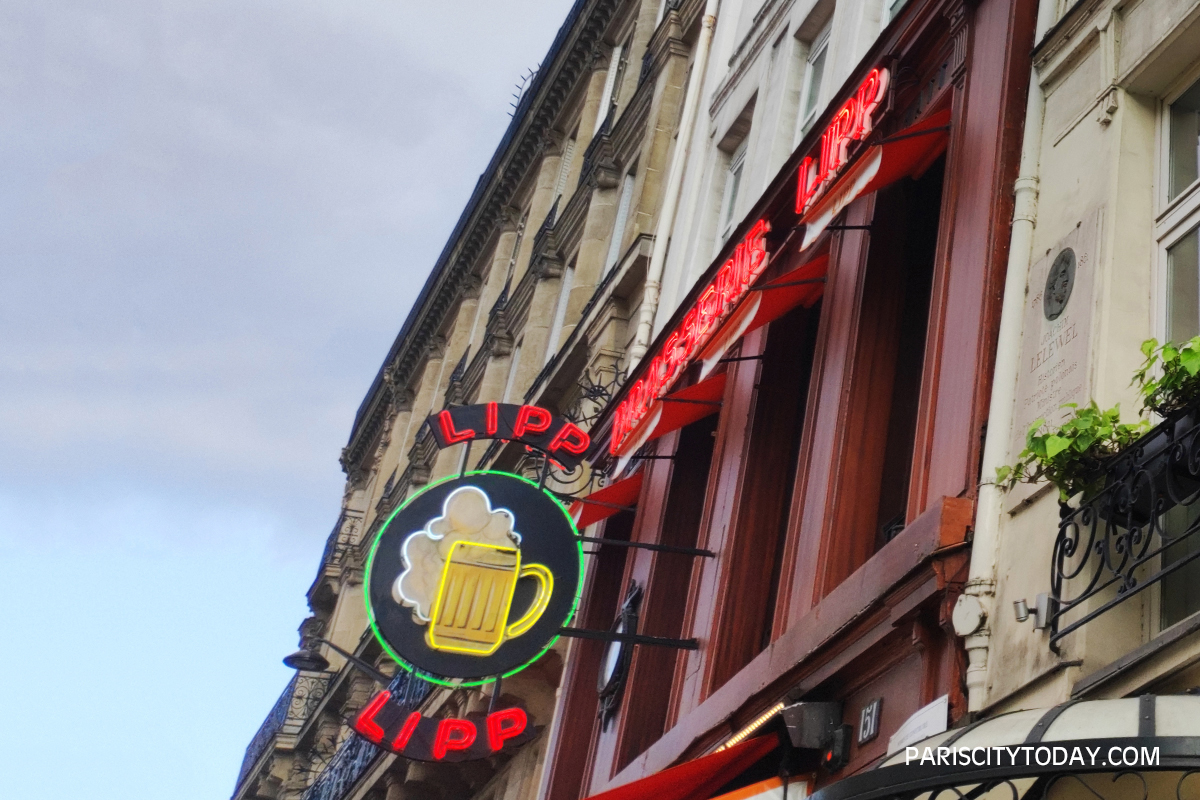
- Updated: 19.10.2024
Exploring the Rich Tapestry of French Brasseries: A Culinary and Cultural Odyssey
Paris is known for its diverse culinary scene, and the city does indeed showcase a harmonious coexistence of various dining experiences, ranging from luxurious rooftop restaurants overlooking iconic landmarks to classic Parisian coffee shops and traditional brasseries. The Brasserie culture in France is deeply rooted in the country's rich culinary history, reflecting a unique blend of tradition, craftsmanship, and conviviality. Brasseries are a distinctive type of French restaurant that originated in the late 19th century, and they have since become an integral part of the French gastronomic landscape.
Historical Background
The term "brasserie" is derived from the French word "brasser," meaning to brew. Brasseries initially emerged as beer breweries, but over time, they evolved into establishments that not only served beer but also offered a diverse menu of food. The concept gained popularity in the late 1800s, with the industrialization of brewing and the rise of a new urban bourgeoisie class seeking places for socializing and dining outside the home.
Architecture and Ambiance
One of the defining features of a Brasserie is its distinctive architectural style and ambiance. Typically characterized by large, open spaces with high ceilings, mirrored walls, and extensive use of dark wood, brasseries exude a warm and inviting atmosphere. The interiors often feature art deco elements, creating a timeless and elegant aesthetic that encourages patrons to linger and enjoy the experience.
Menu Diversity
Brasserie cuisine is known for its diverse menu, offering a wide range of dishes that cater to different tastes and preferences. While the menu may vary from one brasserie to another, there are certain classic dishes that are commonly found. These include iconic French dishes such as steak frites, coq au vin, bouillabaisse, and escargot. Seafood also plays a prominent role in many brasserie menus, given France's extensive coastline and seafood-rich traditions.
Focus on Fresh Ingredients
One of the hallmarks of Brasserie culture is the emphasis on using fresh and high-quality ingredients. From locally sourced produce to the freshest seafood, brasseries take pride in offering dishes made with the finest components. This commitment to quality contributes to the distinct flavors and authenticity that define the Brasserie dining experience.
Beverage Selection
While the primary focus of brasseries is on food, they also boast an impressive selection of beverages. Beer is a central element, with many brasseries offering a variety of local and international brews. In addition to beer, brasseries often feature an extensive wine list, showcasing the diversity and excellence of French wines. The combination of a well-curated drink menu and the convivial atmosphere creates an ideal setting for socializing and enjoying a leisurely meal.
Culinary Craftsmanship
Brasserie chefs are skilled artisans who take pride in their culinary craftsmanship. They often undergo rigorous training to master the art of French cooking, ensuring that each dish meets the high standards associated with the Brasserie tradition. The chefs' dedication to their craft is evident in the meticulous preparation of classic dishes, as well as the incorporation of modern twists to keep the cuisine dynamic and relevant.
Cultural Hub
Brasseries have historically served as cultural hubs where people from all walks of life gather to share meals, engage in conversations,
and soak in the vibrant atmosphere. Whether it's a business lunch, a casual dinner with friends, or a celebratory gathering, brasseries cater
to a diverse clientele, fostering a sense of inclusivity and community.
Paris Map & Hotels
Booking.comSocial
The Brasserie experience is not just about the food; it's also about the social rituals that accompany the dining process. The French have a penchant for savoring meals as a leisurely and social activity, and brasseries provide an ideal setting for this. Patrons are encouraged to take their time, engage in lively conversations, and relish the moment, creating a relaxed and unhurried dining experience.
Adaptation to Modern Trends:
While brasseries have deep roots in tradition, they have also evolved to adapt to modern dining trends. Some brasseries incorporate contemporary elements into their menus, experimenting with innovative flavors and culinary techniques. This blend of tradition and innovation ensures that brasseries remain relevant and appealing to a diverse range of diners.
Regional Variations
While the brasserie culture is prevalent throughout France, there are regional variations that add a unique touch to the experience. In Alsace, for example, brasseries may showcase German influences in both the cuisine and the beer selection. In the south of France, seafood-centric brasseries capture the flavors of the Mediterranean. These regional nuances contribute to the richness and diversity of the Brasserie culture across the country.
Brasserie Lipp in Paris

Paris Brasseries
Paris is renowned for its vibrant culinary scene, including its iconic brasseries that offer a unique blend of traditional French cuisine and a lively, bustling atmosphere. While there are numerous brasseries in Paris, some have achieved international recognition and are considered among the most famous.
• Brasserie Lipp - located in the Saint-Germain-des-Pres neighborhood, Brasserie Lipp has been a Parisian institution since 1880. Known for its classic Alsatian cuisine, the brasserie has hosted numerous intellectuals, artists, and celebrities over the years. Google Map
• La Coupole - another iconic brasserie in the Montparnasse district, La Coupole opened in 1927 and has since been a gathering place for artists and intellectuals. The art deco setting and extensive menu make it a popular choice. Google Map
• Le Grand Colbert - situated near the Palais Royal in Paris 9, Le Grand Colbert is a classic Parisian brasserie with a beautiful Belle Époque interior. It gained additional fame as one of the filming locations for the movie "Something's Gotta Give." Google Map
• Bouillon Chartier - founded in 1896, Bouillon Chartier is a famous bouillon, a type of affordable restaurant that originated in Paris. It is celebrated for its art nouveau decor, reasonable prices, and traditional French fare. Google Map
Conclusion:
The Brasserie culture in France is a celebration of culinary artistry, conviviality, and timeless elegance. Yes, the brasserie is indeed an integral part of Parisian culture and plays an important role in Paris' vibrant café culture. From its historical roots to its modern adaptations, the Brasserie experience continues to captivate locals and visitors alike. Whether enjoying a classic dish or sipping on a carefully selected wine, patrons of brasseries partake in a cultural tradition that transcends mere sustenance—it is an immersive journey into the heart of French gastronomy, where the joy of dining is as essential as the food itself.
Best hotels in Saint-Germain-des-Pres, Paris 6
| Hotel | Stars | Price/Photo |
|---|---|---|
| Hotel d'Aubusson | 5 | VIEW |
| Hotel Lutetia | 5 | VIEW |
| Villa-des-Pres | 5 | VIEW |
| Hotel Bel Ami | 5 | VIEW |
| L'Hotel | 5 | VIEW |
| Bonsoir Madame | 4 | VIEW |
| Hotel Baume | 4 | VIEW |
| Hotel des Académies et des Arts | 4 | VIEW |
| Victoria Palace Hotel | 4 | VIEW |
| Hotel Luxembourg Parc | 4 | VIEW |
| Résidence & Spa Le Prince Regent | 4 | VIEW |
| Hotel De Buci | 4 | VIEW |
| Hotel Madison | 4 | VIEW |
| Hotel Artus | 4 | VIEW |
| Le Littre | 4 | VIEW |
| Hotel Louis II | 4 | VIEW |